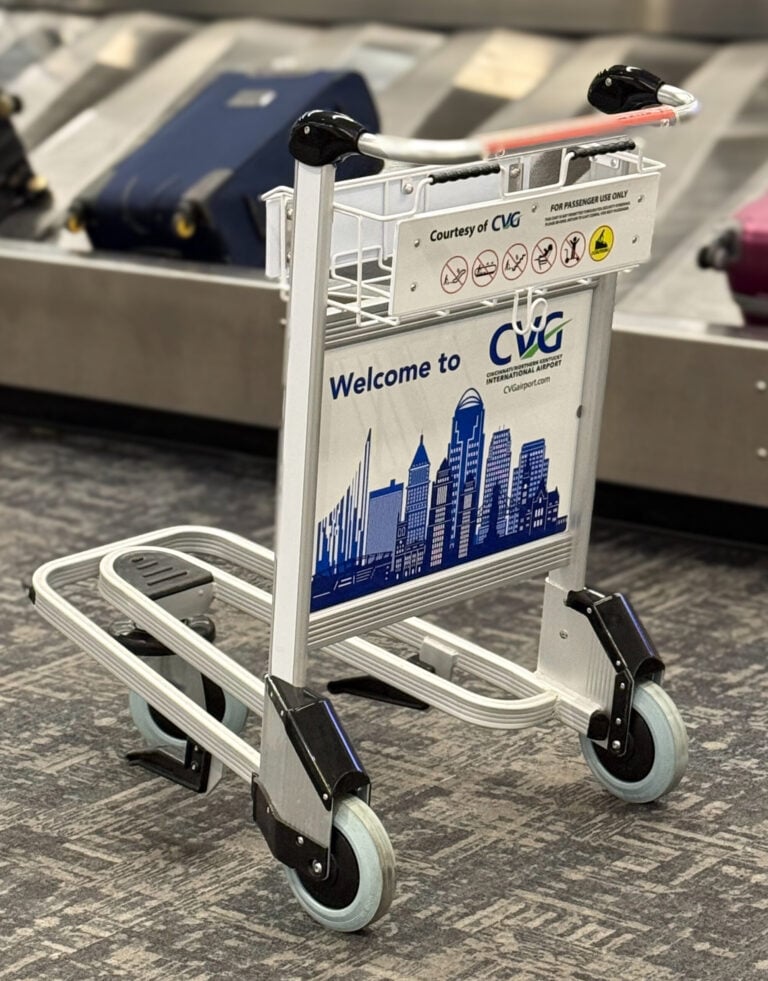Recently the Minnesota Supreme Court recognized a claim for negligent selection of an independent contractor in Alonzo v. Menholt.
The ruling implies that organizations in Minnesota could be held liable for not adequately screening their independent contractors. The case involved two drivers for Braaten Farms who crashed while hauling a load of sugar beets. The driver at fault had a suspended license and other red flags on his record. The injured driver sued the at-fault driver, Braaten Farms, and Menholt Farms.
Allegations included that Braaten Farms failed to conduct interviews, background checks, or review driving records before hiring the driver. Menholt Farms also did not perform background checks on Braaten employees or inquire about their screening processes.

In my career, I’ve witnessed costly and tragic incidents resulting in hefty settlements and judgements due to negligence, entrustment and selection of an independent contractor or employee.
In Kentucky negligence law is crucial in determining liability and compensation when harm results from someone’s carelessness. This legal framework is essential for plaintiffs seeking redress and defendants aiming to mitigate potential liabilities. The principles governing negligence shape the outcomes of many personal injury cases, impacting how justice is administered.
In Kentucky, establishing negligence requires a plaintiff to demonstrate four elements: duty, breach, causation, and damages. Duty refers to the legal obligation one party owes to another, often determined by their relationship and the circumstances. For instance, drivers must operate their vehicles safely to prevent harm to others, a duty well-established in Kentucky law.
Once a duty is established, the plaintiff must show that the defendant breached this duty. A breach occurs when the defendant’s actions fall short of the expected standard of care. Kentucky courts use the “reasonable person” standard to assess breaches, evaluating whether a typical person in the same situation would have acted differently.
Causation requires the plaintiff to prove that the defendant’s breach directly caused the harm. Kentucky law distinguishes between actual cause, or “cause in fact,” and proximate cause. Actual cause is established through the “but-for” test, while proximate cause considers whether the harm was foreseeable. The Kentucky Supreme Court in Nash v. Campbell County Fiscal Court emphasized the importance of foreseeability in establishing proximate cause.
Finally, the plaintiff must demonstrate actual damages as a result of the defendant’s actions, ensuring that claims are grounded in real, measurable losses.
 Keven Moore works in risk management services. He has a bachelor’s degree from the University of Kentucky, a master’s from Eastern Kentucky University and 25-plus years of experience in the safety and insurance profession. He is also an expert witness. He lives in Lexington with his family and works out of both Lexington and Northern Kentucky. Keven can be reached at kmoore@higusa.com
Keven Moore works in risk management services. He has a bachelor’s degree from the University of Kentucky, a master’s from Eastern Kentucky University and 25-plus years of experience in the safety and insurance profession. He is also an expert witness. He lives in Lexington with his family and works out of both Lexington and Northern Kentucky. Keven can be reached at kmoore@higusa.comIn Kentucky, comparative fault (KRS 411.182) allows damages to be divided based on each party’s fault. A plaintiff’s recovery is reduced by their fault percentage but isn’t barred unless it exceeds the defendant’s. The Kentucky Supreme Court requires juries to determine fault percentages for all parties. This influences litigation strategy, as plaintiffs must show their fault is less than the defendant’s, while defendants highlight the plaintiff’s fault to reduce liability.
In Kentucky negligence cases, damages cover both economic, such as medical expenses and lost wages, and non-economic losses, such as pain, emotional distress. There is no cap on non-economic damages. Punitive damages may be awarded for egregious conduct to punish and deter. Courts meticulously evaluate these damages to ensure fair compensation. The Kentucky Supreme Court emphasizes the importance of considering emotional harm and applies rigorous scrutiny to punitive damage claims.
Overall, the trend across various states is to hold companies accountable for the actions of their independent contractors, especially if they fail to perform adequate background checks and due diligence during the hiring process.
By following these best practices, employers can mitigate the risk of negligent selection claims and ensure they are hiring competent and reliable independent contractors.
Best practices for vetting contractors:
• Conduct thorough background checks: Verify the contractor’s credentials, work history, and any potential red flags. This includes reviewing driving records for roles involving driving.
• Interview potential contractors: Assess their skills, experience, and suitability for the job.
• Review driving records: Ensure the contractor has a clean driving record for roles involving driving.
• Perform pre-employment screens: Conduct drug tests, reference checks, and other relevant screenings.
• Document the screening process: Keep detailed records of the steps taken to vet the contractor.
• Evaluate subcontractor qualifications: Assess the subcontractor’s experience, licensing, certifications, and insurance coverage. Ensure they have the necessary skills and equipment for the job.
• Review previous work and references: Check the subcontractor’s work history, performance, quality of completed projects, work ethics, and safety standards. Obtain references and recommendations from previous construction partners.
• Ensure proper licensing, londing, and insurance: Verify that the subcontractor has the required licenses, surety bonds, and insurance, including general liability and worker’s compensation.
• Check staffing, resources, and equipment: Review the subcontractor’s staffing plan, resources, and equipment to ensure they can deliver the work on time.
• Look beyond price: Avoid selecting subcontractors based solely on the lowest bid. Consider the quality of work and potential issues with payroll or compliance.
By following these best practices, employers can mitigate the risk of negligent selection claims and ensure they are hiring competent and reliable independent contractors.
The legal implications for companies in other states vary, but many states have introduced regulations that emphasize the importance of carefully vetting independent contractors. This change highlights the growing importance of verifying that independent contractors possess the necessary skills and qualifications for the job.
Be Safe My Friends.

















